Category: Newton Wood
-

A Sea of Cotton on Newon Moor
One of the summer spectacles of acid bogs and wet heaths is the Common cottongrass, Eriophorum angustifolium. This plant, with its silky white seed-heads, creates a striking scene, whitening whole patches of bog. Beyond this visual charm, Cottongrass is rather unremarkable and underutilised. Efforts to produce usable thread from the seed-plumes have failed due to…
-

Rescue at Roseberry: The 1929 Shale Slide
Back in sunny Cleveland, and I am in search of a new morsel of information to accompany a familiar sight. On this day in 1929, Ralph Elliott, a miner from Great Ayton, had a narrow escape. Working with several others at the “Roseberry mine bank bottom”, he ascended a spoil tip to release shale. Suddenly,…
-

The Silent Standoff — An Unexpected Thrill of a Roe Deer Encounter
I lack the patience for birding or hiding for hours in wait of a fleeting glimpse of wildlife. However, stumbling upon the sight of a bird or creature feels like a rare privilege. Such was the case this morning when I spotted a yearling roe buck. Or rather, he spotted me. We engaged in a…
-

The merry month of May
Bluebell season has undoubtedly arrived, yet the spectacle seems somewhat diminished compared to previous years. Perhaps it’s premature to judge. If May proves to be as chilly as April, the following proverb may come to mind, though its exact significance eludes me. A cold May and a windy, Makes a barn full and a findy.
-
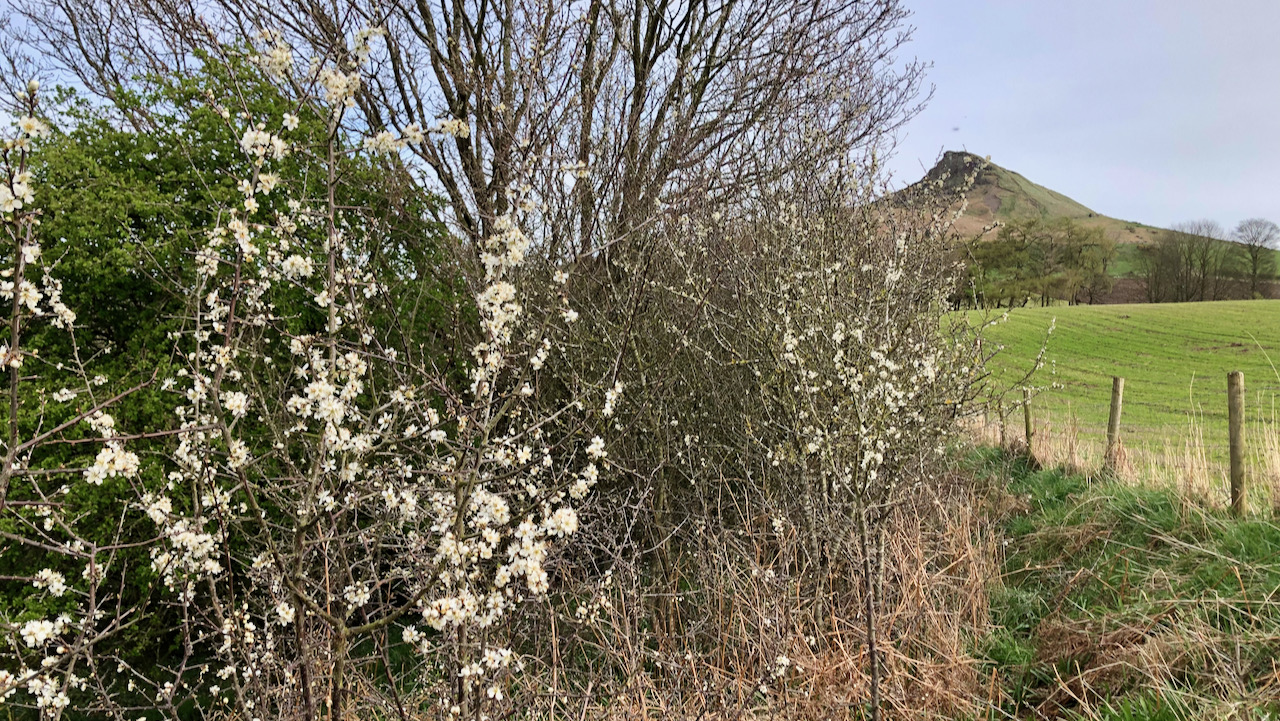
Blackthorn’s Starry Flowers Precede the Bluebell Spectacle
The bluebell meadows in Newton Wood are on the verge of bursting forth in a hue of cerulean blue. However, it is not their time quite yet. The initial shoots can be seen, but presently it is the blackthorn that commands the spotlight of spring. Masses of blossom, soft and disordered, the twisted thorny shrubs…
-
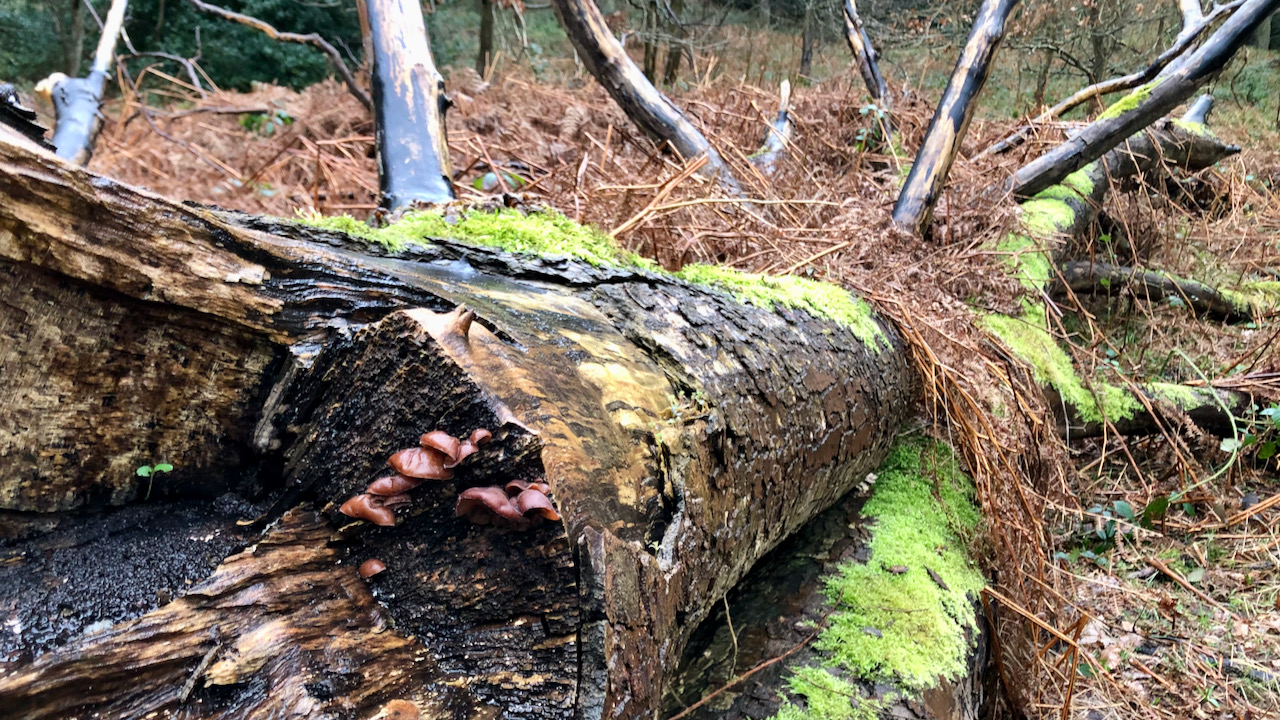
Life finds a way
Am I on an arboreal theme this week? A toppled tree trunk, adorned with vibrant green moss and saprophytic reddish-brown fungi. The presence of the latter suggests that the tree has been dead for some time. But is it truly lifeless? Fungi, the decomposers in this woodland ecosystem, toil away, breaking down deceased trees and…
-
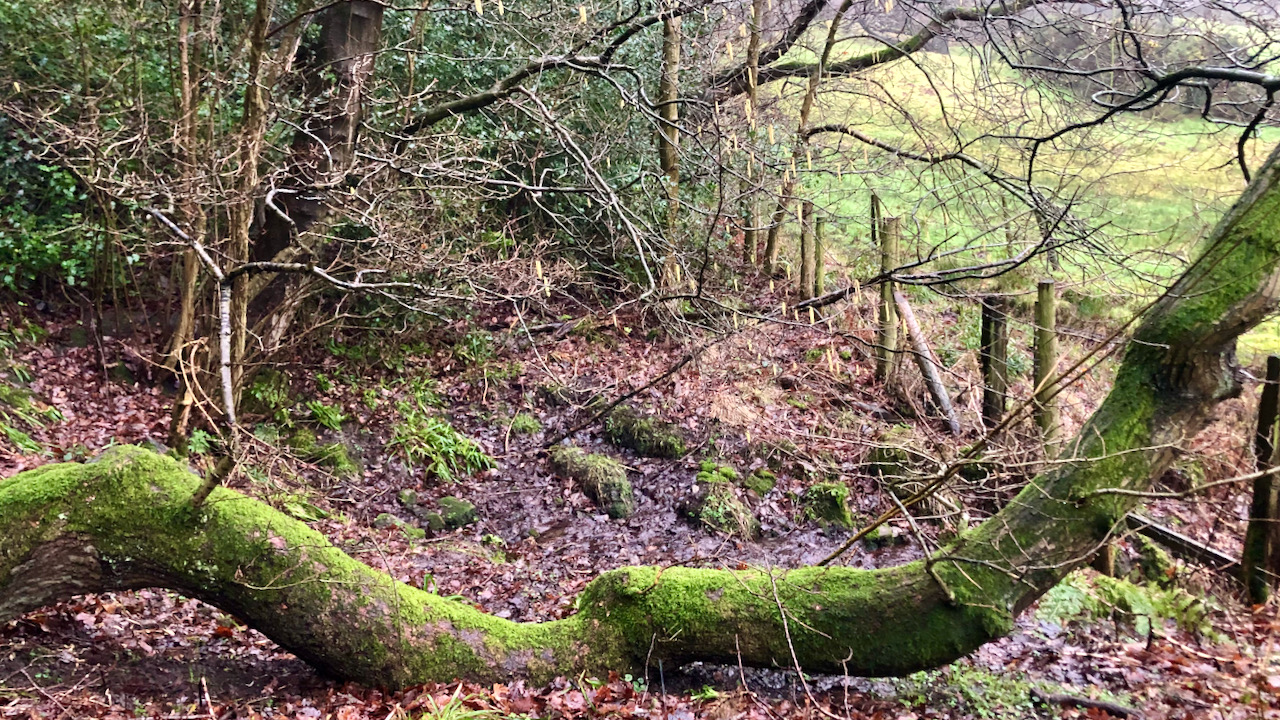
Deep in Newton Wood—in search of Cold Well
On a rather damp morning, likely the dampest of this winter, I seized the opportunity to explore something that has lingered in my thoughts for quite some time. Attempting to do so last summer proved futile due to the impenetrable undergrowth. Within Newton Wood lies a feature labelled as “Cold Well” on the 1st edition…
-
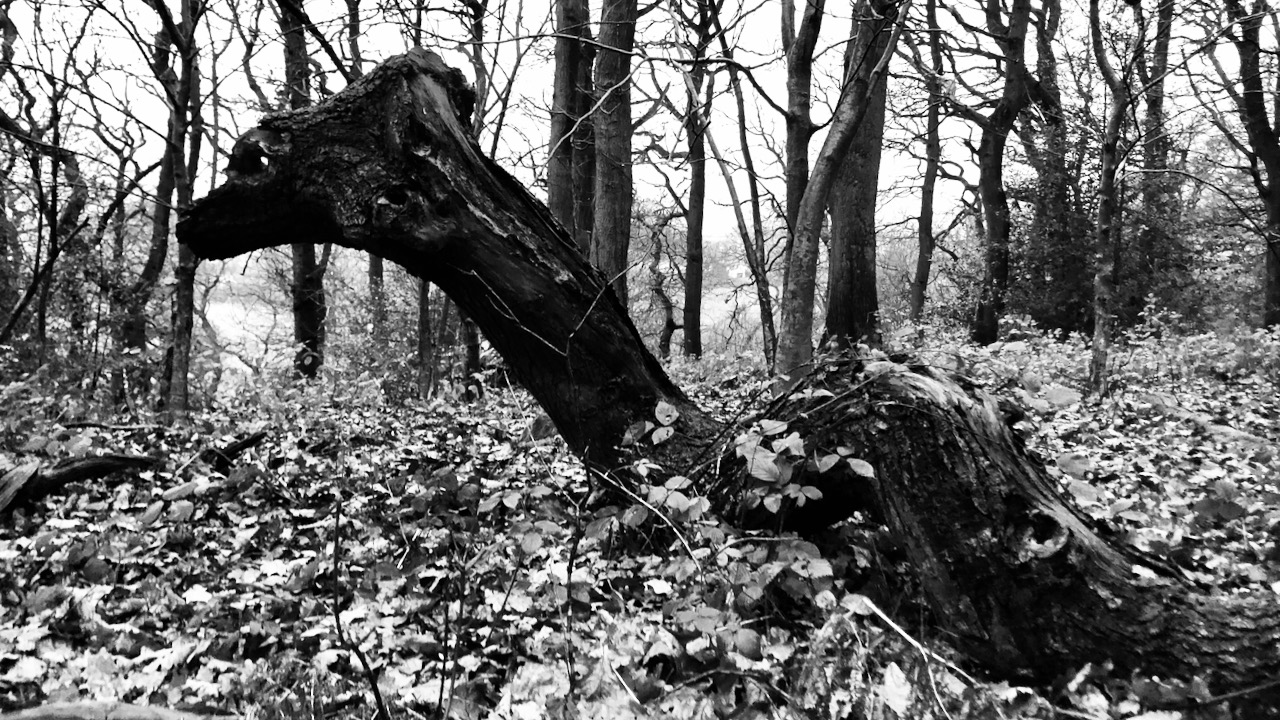
Confronting Storm Gerrit and hunting Nessie in Newton Wood
On a day that could only be described as dire, I ventured out to confront the tempestuous forces of Storm Gerrit. With a strategic approach, I sought refuge primarily within the protective confines of Newton Woods. In my last posting, but one, I mentioned ‘pareidolia’. This is the tendency to see images of animals, faces,…
-
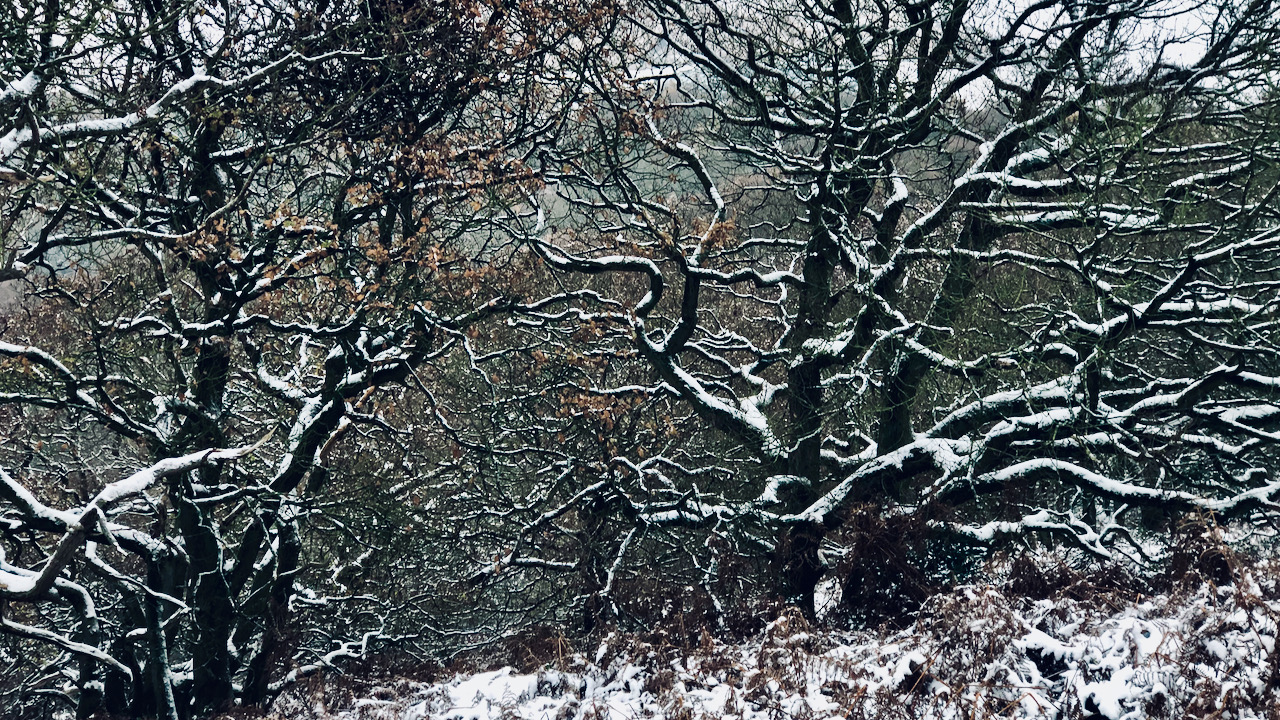
Oak boughs in a wild dance
The snow persists giving an almost monochrome image of Newton Wood, a predominately oak woodland. The sombre boughs stretch out endlessly, weaving intricate angles and twists, forming a chaotic yet captivating network that reaches both upward and downward. It is a common belief that oak woodland is the original vegetation of much of lowland Britain…
-
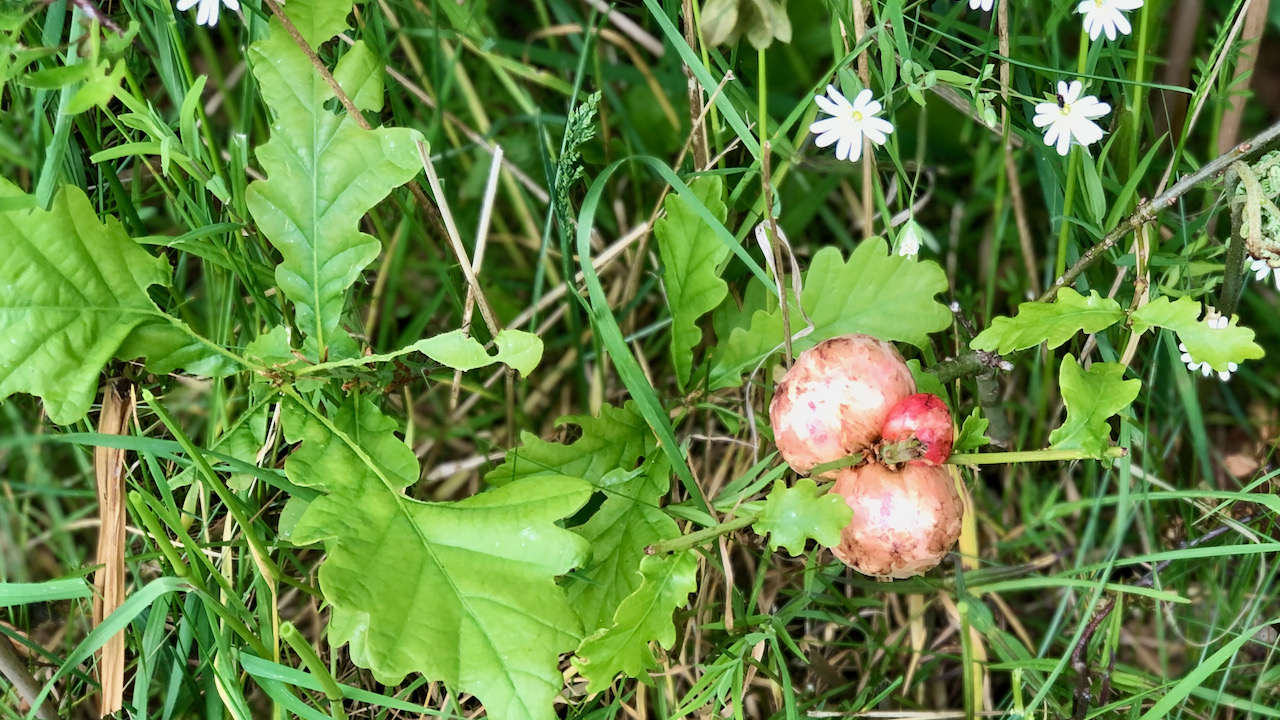
Shig-shags
While cutting back the bracken in Newton Wood today, I was taken by surprise when I stumbled upon what seemed to be miniature apples. Of course, these were not genuine apples, but rather galls created by insects as excrescences. And as it dawned on me that they were attached to a small oak sapling instead…